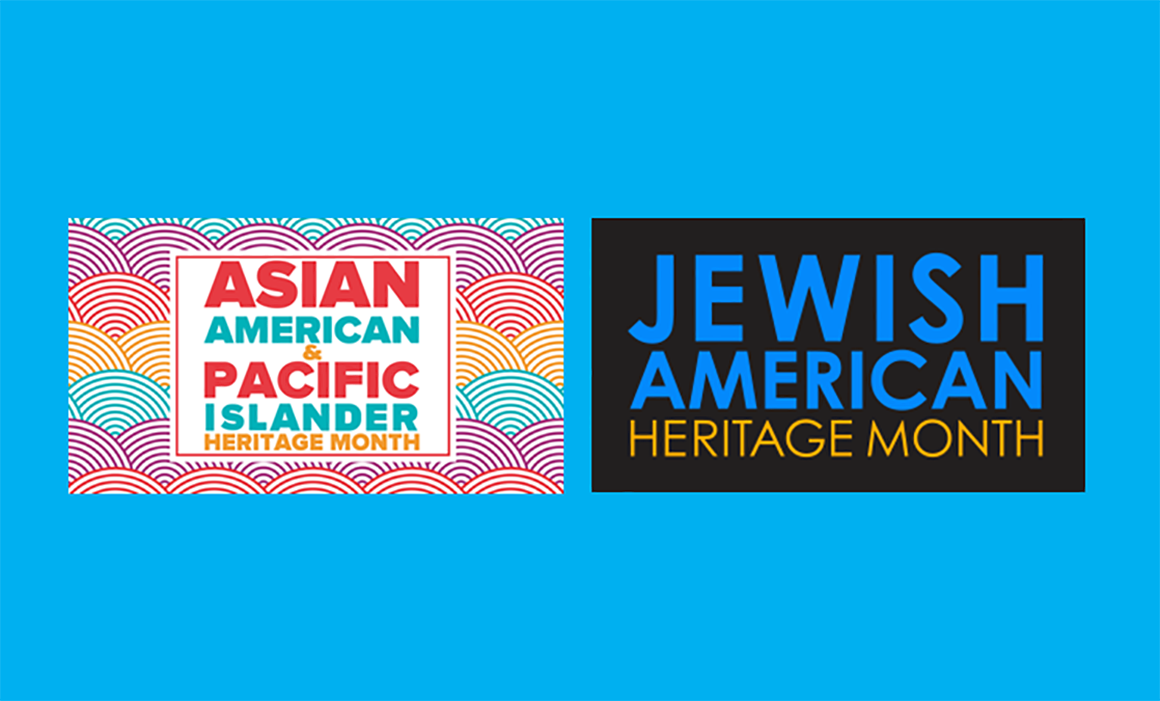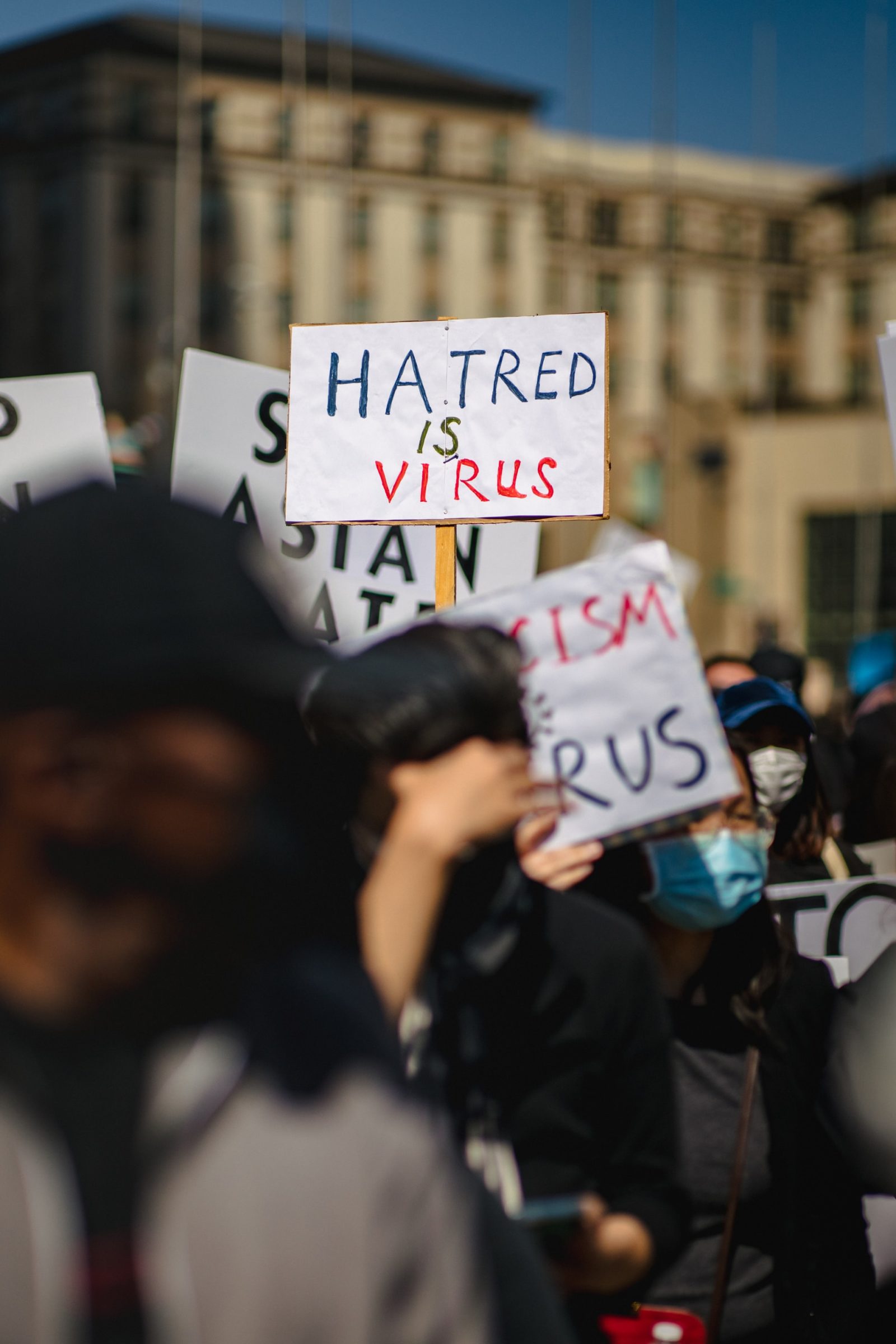
Asian Pacific American Heritage Month and Jewish American Heritage Month are both in May. They recognize the contributions of Asian Americans and Pacific Islanders (AAPIs) and Jewish Americans to the history, culture and achievements of the United States.
May was permanently designated as Asian Pacific American Heritage Month in 1992 to mark the arrival of the first known Japanese immigrant to the U.S. on May 7, 1843, and to honor completion of the transcontinental railroad — built by as many as 20,000 Chinese workers — on May 10, 1869. Today, AAPIs are a diverse population of 23 million Americans, including roughly 50 ethnic groups with roots in more than 40 countries.
Educators can use the month to celebrate AAPI histories and cultures, build empathy and understanding, and fight xenophobia and discrimination (see sidebar below). Primary sources from the Library of Congress, the National Archives, the Smithsonian and other resources are available at asianpacificheritage.gov/for-teachers.
In April 2006, President George W. Bush proclaimed May as Jewish American Heritage Month, recognizing the more than 350-year history of Jewish contributions to American culture. May was chosen because of the May 2004 celebration of the 350th anniversary of the American Jewish community (dating from a settlement of Jewish refugees from Brazil in New Amsterdam in 1654).
Educators can access relevant primary sources and document-based activities spanning the course of American history, created by the National Archives and teachers around the world. The National Endowment for the Humanities has helped fund educational programs on the Jewish American experience. Find these resources at jewishheritagemonth.gov/for-teachers.
Help Stop Hate

Jason Leung/Unsplash
Hate and violence against others — whether due to race, ethnicity, national origin, religious beliefs, sexual orientation, or any other way people can be seen as “other” — has long stained American society. The last few years have seen a major uptick in such acts, including against AAPIs and Jewish Americans. Some numbers:
- Hate crimes against AAPIs rose 164 percent (possibly higher) in the first quarter of 2021 compared with the same period in 2020. San Francisco and Los Angeles experienced significant increases. (Center for the Study of Hate and Extremism, CSU San Bernardino)
- A total of 10,905 hate incidents targeting AAPIs occurred between March 19, 2020, and Dec. 31, 2021. (Stop AAPI Hate)
- Incidents of anti-Semitic propaganda rose by 27 percent in 2021, including propaganda on flyers, stickers, banners and posters. (The Anti-Defamation League)
- As recently as February 2022, anti-Semitic flyers were distributed in Folsom, Orange County and the Bay Area.
Educators can make a tremendous difference in helping students understand and fight systemic racism and unconscious bias. Some resources:
CTA (cta.org/our-advocacy/social-justice-resources). Readings, toolkits, links to lesson plans and more, on topics including racial justice, LGBTQ+ students and mental health.
NEA’s Center for Social Justice (nea.org/professional-excellence/just-equitable-schools). A program to help educators identify and correct explicit and implicit discrimination in their classrooms. Trainings and resources let educators adjust their practice to better serve students from diverse backgrounds.
Learning for Justice (learningforjustice.org). Resources for K-12 educators to teach tolerance with an emphasis on anti-bias and social justice, including lesson plans.
Teaching for Change (teachingforchange.org). Professional development, curriculum and resources help K-12 teachers and students build a more equitable society.
The Discussion 0 comments Post a Comment